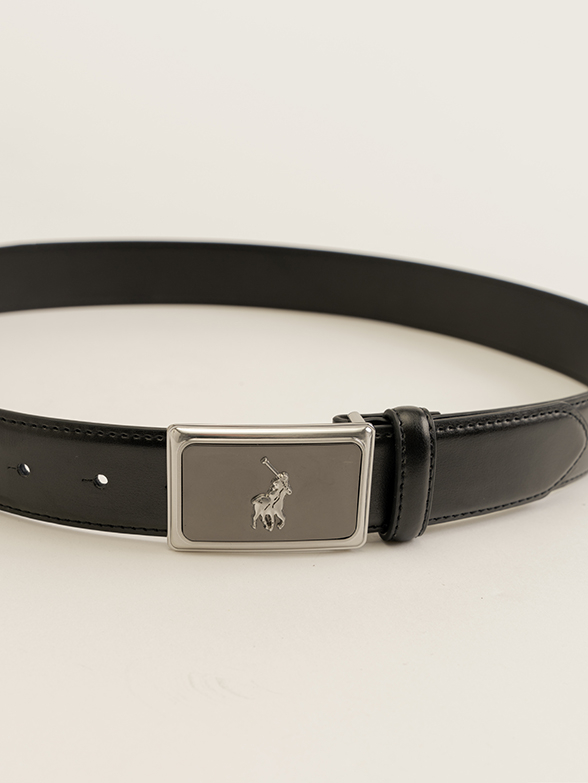The History of Belts.
Belts have a long history and were likely one of the earliest clothing accessories, although their exact history is challenging to pinpoint; belt have evolved overtime for practical and ornamental purposes.
Early evidence suggests that ancients such as Africans and Romans, used belts made out of various materials.
Belts and Their Ties with Masculinity.
Belts have been historically linked to masculinity, serving practical and symbols purposes.
There are a few aspects that highlight the ties between belts and masculinity such as utility and functionality, serving a cultural significance, serving as a symbol of authority and more. Here are few aspects highlighting the ties between belts and masculinity:
1. Utility and Functionality:
- Belts have been a practical accessory for holding up trousers, emphasizing their utilitarian role. This practical function aligns with traditional masculine values emphasizing efficiency and functionality in clothing.
2. Symbol of Authority:
- In various cultures and historical contexts, belts have been associated with authority and power. For example, military officers, law enforcement, and other authoritative figures often wear belts as part of their uniform, symbolizing command and responsibility.
Service_Dress,Captain Noel Farrow,Canadian Expeditionary Force,1917-Glenbow Museum-DSC00669.JPG
3. Cultural Significance:
- Belts have cultural significance in different societies, often representing rites of passage or maturity. In some cultures, the transition from boyhood to manhood involves receiving a special belt or sash as a symbolic gesture.

Pictures by Mike Bishop
4. Fashion and Style:
- Belts contribute to the overall aesthetics of men's fashion, defining the waistline and adding a finishing touch to an outfit. The choice of belt can convey a sense of personal style, with wide, robust belts often associated with a more rugged or masculine look.
5. Sports and Athletics:
- In sports, particularly martial arts and combat sports, belts are used to signify skill levels and expertise. Different colored belts often represent different stages of proficiency, adding a sense of accomplishment and hierarchy.
6. Emphasis on the Waist:
- Belts draw attention to the waist, which is traditionally seen as a masculine characteristic in terms of physique. This emphasis on the waist contributes to the perception of a strong and structured silhouette.
Picture by Tiffany Terry
7. Practicality in Accessories:
- Men's accessories, including belts, are often chosen for their practicality. Belts serve as functional accessories that hold together an outfit while adding a touch of masculinity through their design and materials.
A Man's Belt: Ancient Ties with Masculinity
Traditional Japanese warriors, samurai, wore a distinctive type of belt known as an "obi." The obi served both practical and symbolic purposes in the samurai's attire. It was a wide sash-like belt that was an integral part of the traditional Japanese armor, securing the various pieces together.
The obi was not only functional but also held cultural significance. Different styles and colors of obi often denoted the wearer's rank, and the way it was tied could signify the occasion or the wearer's role. The art of properly tying the obi, or "musubi," was considered a skill and a part of the samurai's training in etiquette and discipline.
Additionally, in Zulu society, traditional clothing for men includes garments like loincloths, known as "isidwaba," which is secured by a belt. The way in which the belt is worn and its design can convey information about the wearer's age, status, and achievements.
A Man's Belt: Modern Ties with Masculinity
Yes, belts are still linked with masculinity today, and the type, when, why, and how they are worn can convey various messages about style, occasion, and personal expression. Here are some considerations:
1. Type:
- Casual Belts: Worn in everyday settings, casual belts are often made of materials like leather or fabric. They contribute to a laid-back, relaxed style.
- Formal Belts: Typically made of leather and designed to match dress shoes, formal belts are worn in more formal or business settings. They are often narrower and have simpler buckles.
2. When:
- Casual Wear: In casual settings, belts can be worn with jeans, chinos, or shorts. The choice of belt may depend on the overall style of the outfit.
- Formal Wear: With suits or dress pants, a formal belt complements the overall look. It's usually matched with the color and material of the dress shoes.
3. Why:
- Practicality: Belts serve the practical purpose of holding up trousers, ensuring a neat and put-together appearance.
- Style and Fashion: Belts are essential accessories that contribute to the overall aesthetic of an outfit. The type of belt chosen can reflect personal style preferences.
4. How:
- Matching with Shoes: Many men choose belts that match the color and material of their shoes for a cohesive look.
- Buckle Style: The style of the belt buckle can influence the overall look. A larger, more ornate buckle might convey a bolder, more casual style, while a sleek, minimal buckle can be more formal.
5. Cultural and Subcultural Influences:
- Streetwear and Subcultures: In certain subcultures, such as streetwear, belts can be statement pieces with unique designs or logos.
- Athletic Wear: In sports and athletic settings, belts may be worn for functionality, such as weightlifting belts for support.
Master Red's Final Thought On Belts:
In contemporary fashion, belts are not just functional but also contribute to the wearer's self-expression. The choice of belt can communicate elements of personal style, adherence to fashion norms, and an understanding of occasion-appropriate dressing. While the link between belts and masculinity remains, the expression of masculinity through belts today is diverse and influenced by individual preferences and cultural trends.



No comments:
Post a Comment